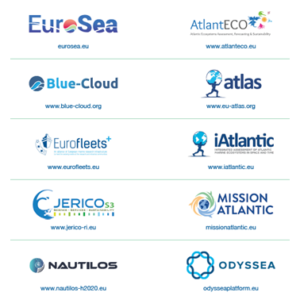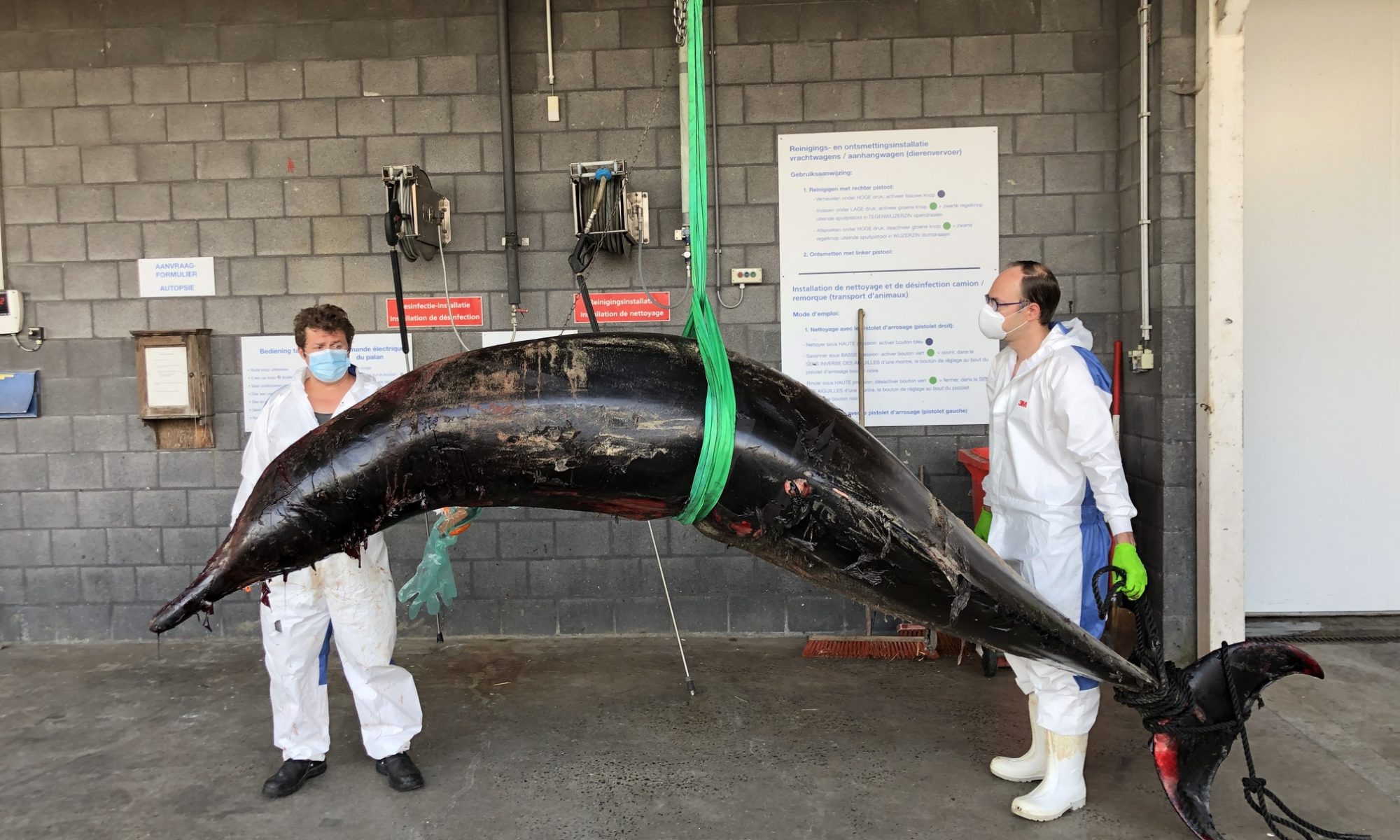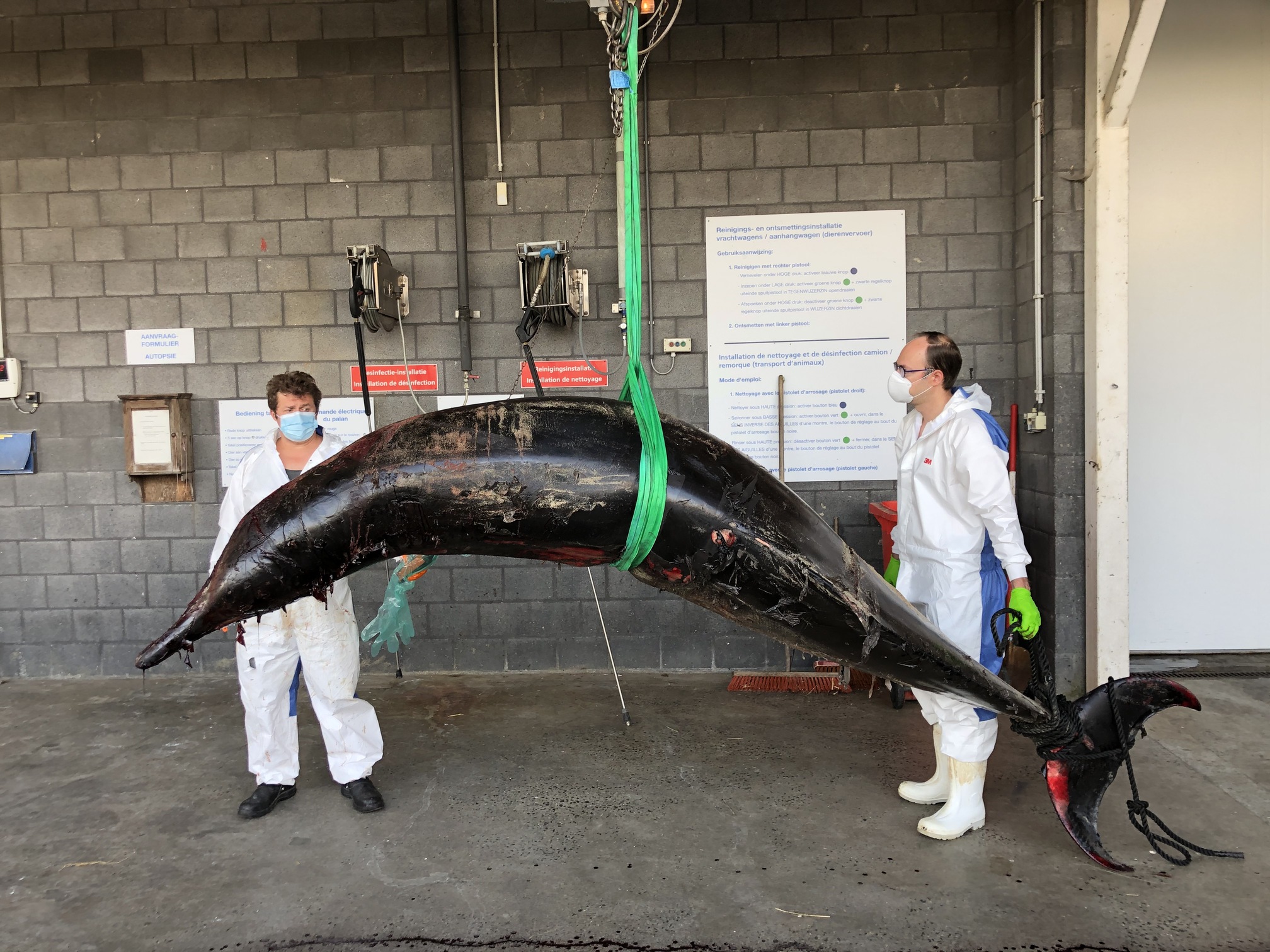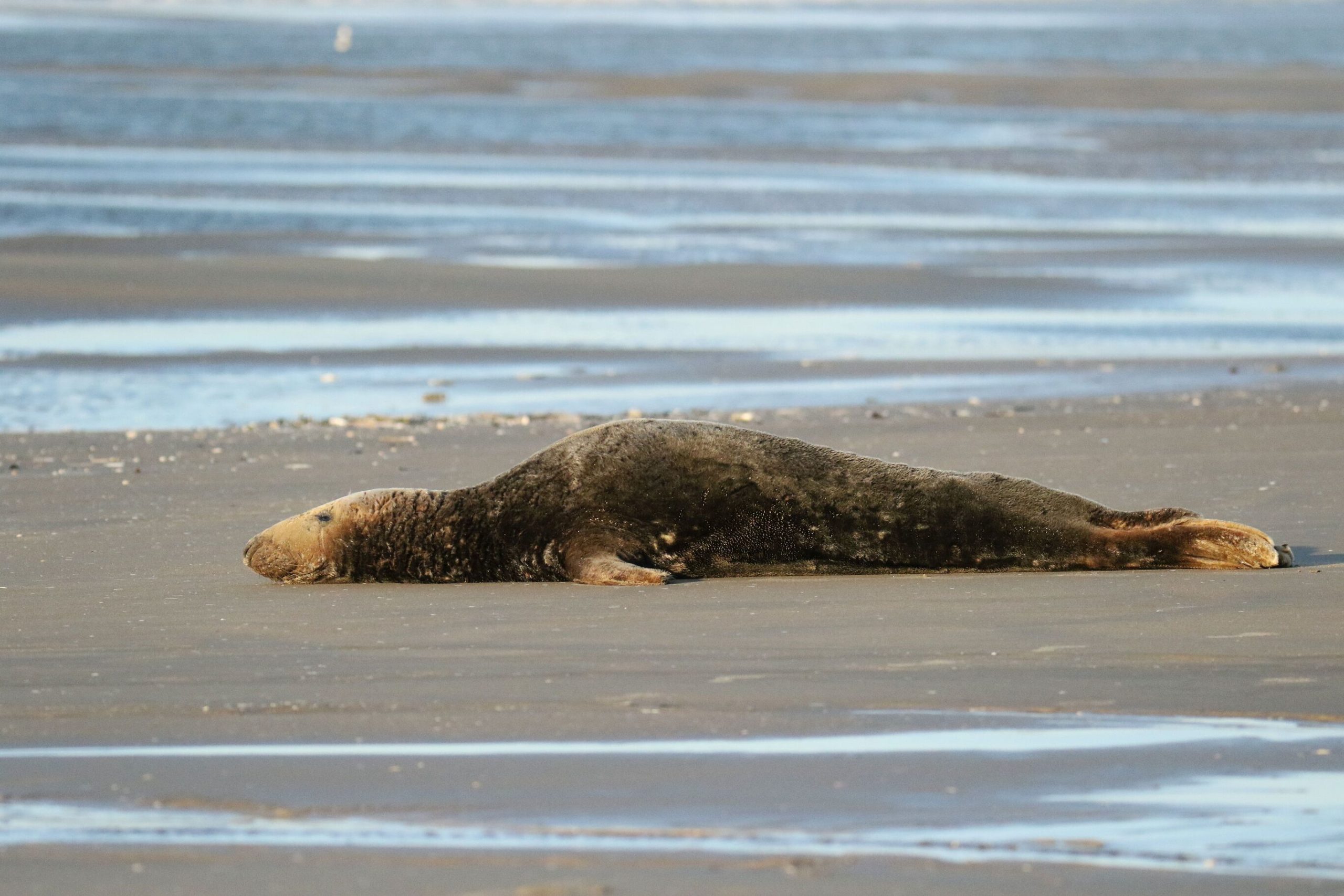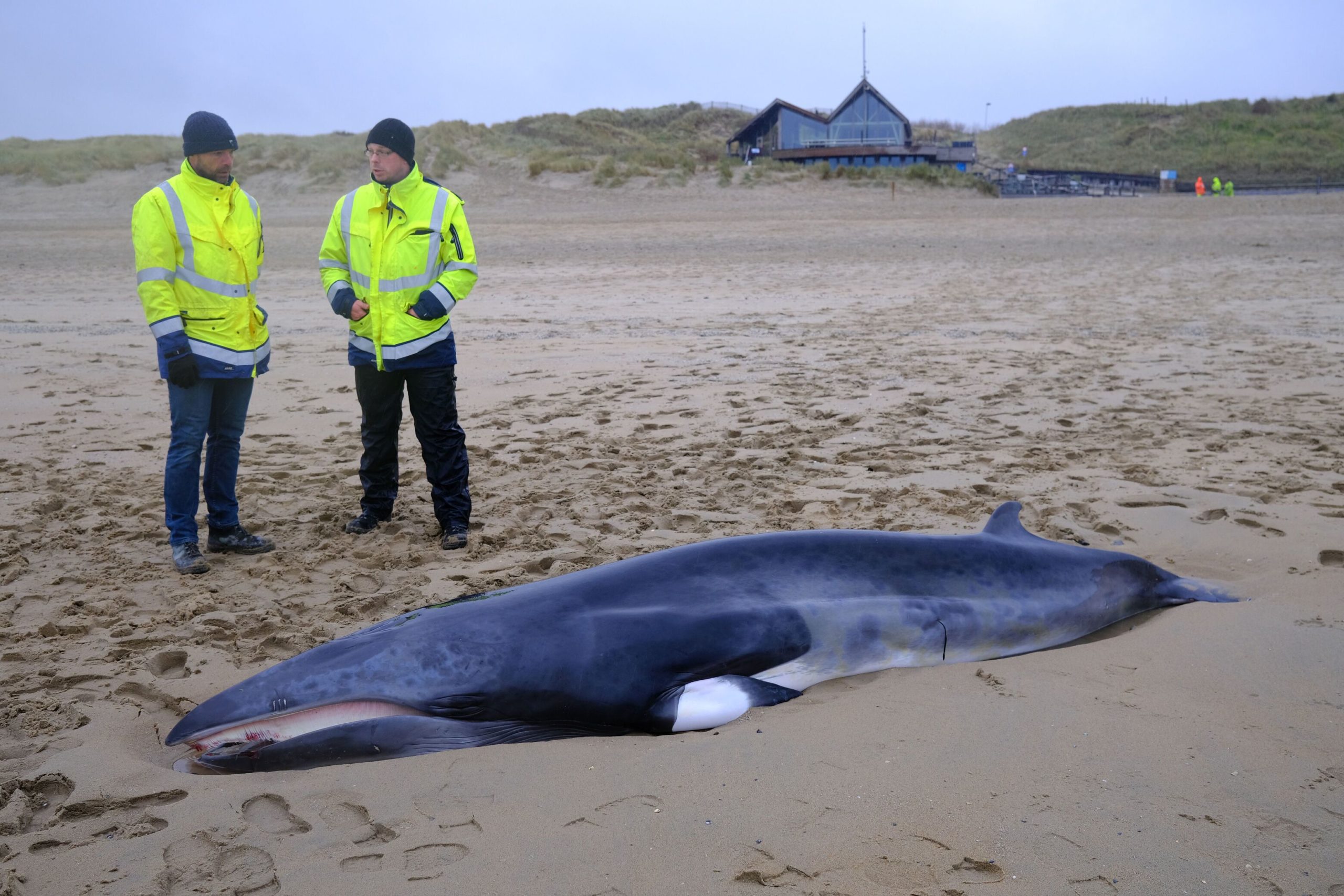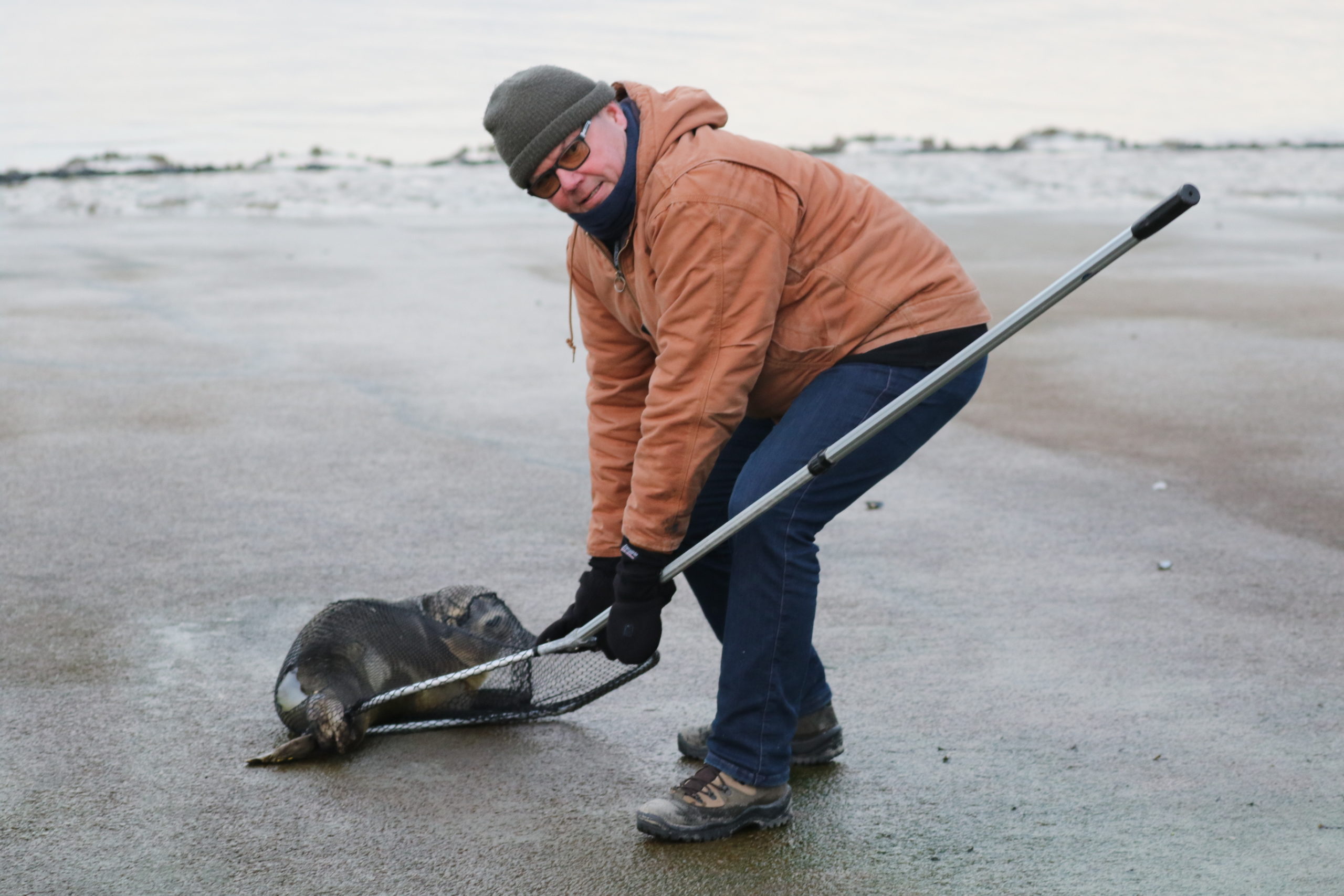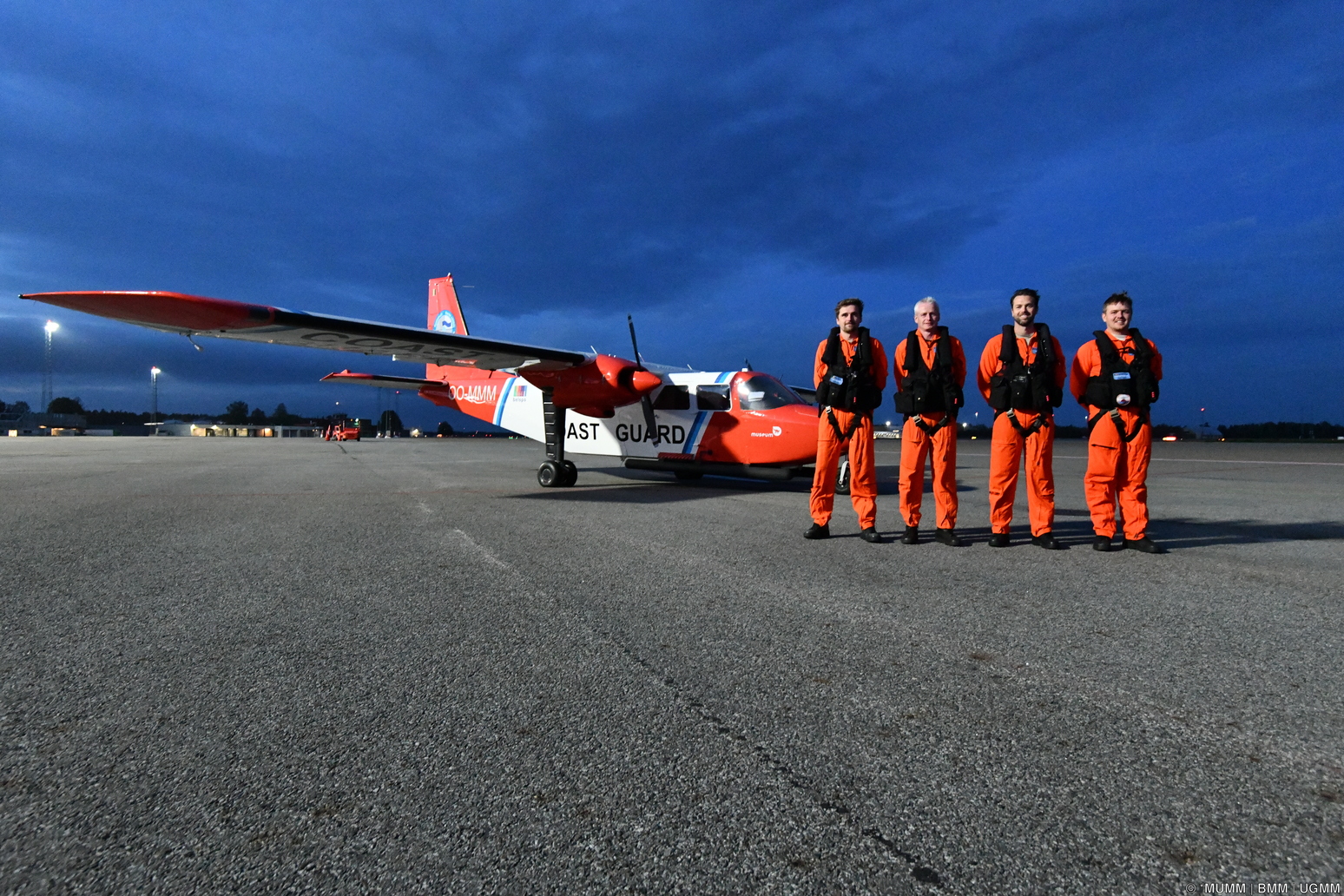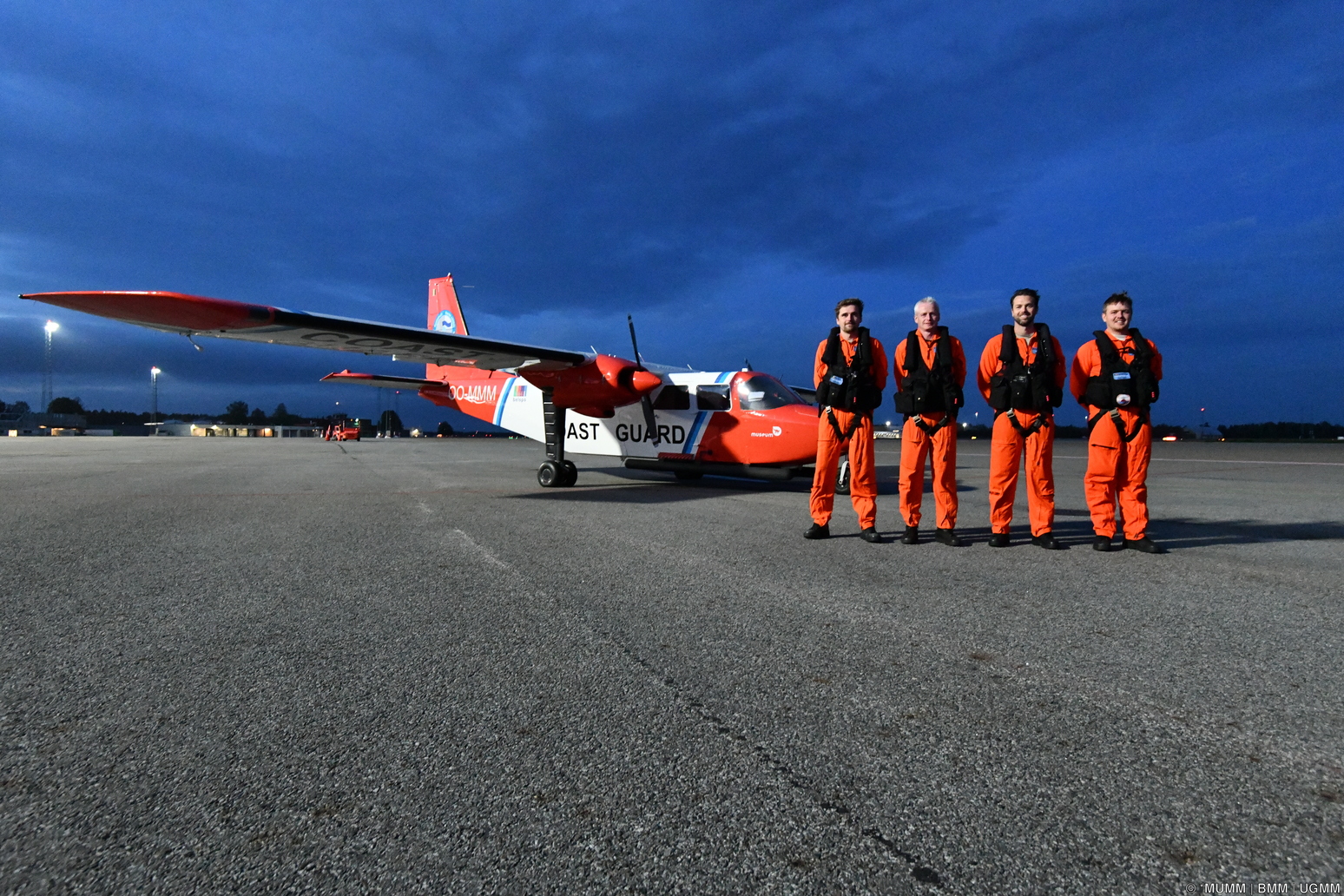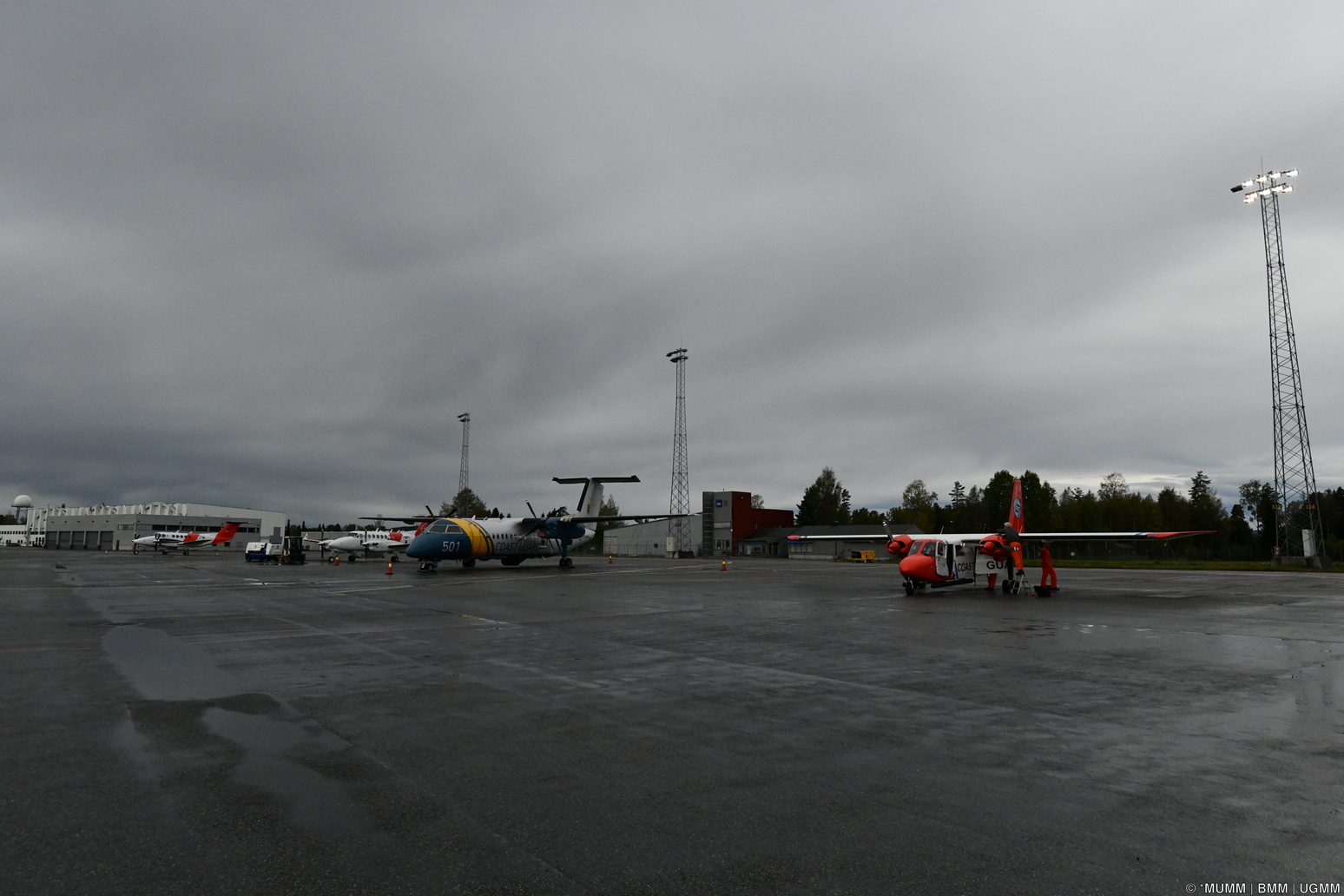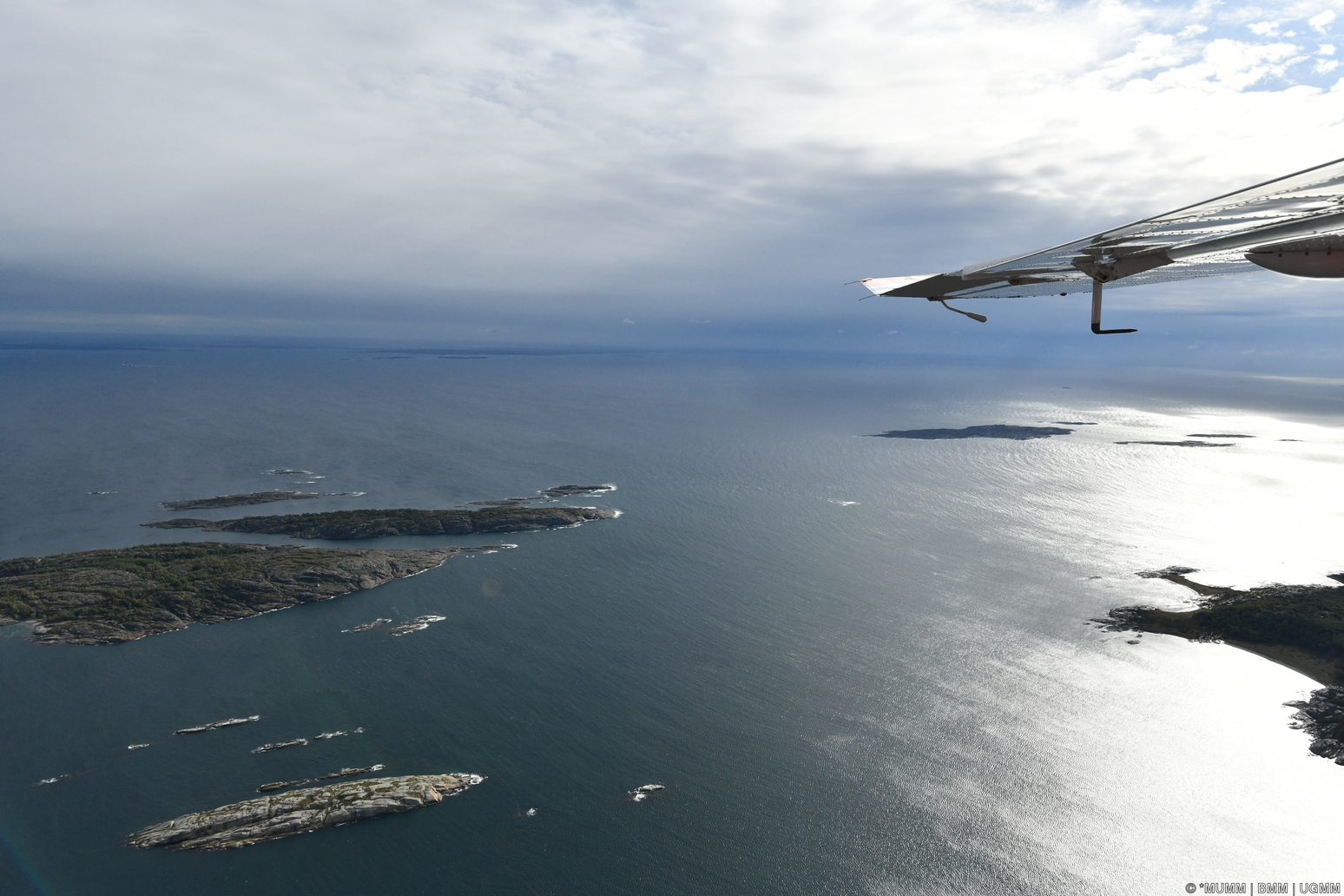In a new annual report, the scientists that monitor the environmental impact of offshore wind farms in the Belgian part of the North Sea summarise their latest findings. Once again, some surprising revelations are included. The results show that life in and around the wind parks has not yet reached stability 13 years after construction. Examples include that the biodiversity of fouling communities on wind turbines increases again after a decline in previous years, and that seabird movements are more spatially and temporally variable than previously known. The risk for songbird collisions is now better understood, and mitigation measures are proposed for periods of intense bird migration. Artificial reefs between turbines keep developing, with some fish species being attracted to the growing amount of food that these provide. Echolocation data indicate that underwater noise mitigation measures effectively reduce the impact of pile driving on harbour porpoises.
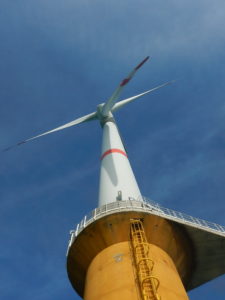 On 31 December 2019, Belgium submitted a National Energy and Climate Plan to the European Commission which envisions a target figure of 17.5% for the contribution of the production of electricity from renewable energy sources by 2030. Offshore wind farms in the Belgian part of the North Sea are expected to make an important contribution to achieve that goal. They are in fact already doing so, as currently 10 % of the total Belgian electricity demand, or 50% of the electricity demand of all Belgian households, is already produced by offshore wind farms. This is realised by a total of 399 turbines in eight wind farms, grouped in a zone of 238 km² along the border with the Netherlands. After 12 years of construction, this zone was fully operational from the end of 2020 and accounts for an installed capacity of 2.26 Gigawatts (GW) and an average production of 8 TWh. This puts Belgium in the 5th place worldwide in the production of this form of energy. A second area for renewable energy of 285 km² is foreseen by the new Belgian marine spatial plan (2020-2026), aiming for an installed capacity of 3.1 to 3.5 GW in this zone.
On 31 December 2019, Belgium submitted a National Energy and Climate Plan to the European Commission which envisions a target figure of 17.5% for the contribution of the production of electricity from renewable energy sources by 2030. Offshore wind farms in the Belgian part of the North Sea are expected to make an important contribution to achieve that goal. They are in fact already doing so, as currently 10 % of the total Belgian electricity demand, or 50% of the electricity demand of all Belgian households, is already produced by offshore wind farms. This is realised by a total of 399 turbines in eight wind farms, grouped in a zone of 238 km² along the border with the Netherlands. After 12 years of construction, this zone was fully operational from the end of 2020 and accounts for an installed capacity of 2.26 Gigawatts (GW) and an average production of 8 TWh. This puts Belgium in the 5th place worldwide in the production of this form of energy. A second area for renewable energy of 285 km² is foreseen by the new Belgian marine spatial plan (2020-2026), aiming for an installed capacity of 3.1 to 3.5 GW in this zone.

Science, policy and industry pulling in the same direction
Prior to installing a wind farm, a developer must obtain a domain concession and an environmental permit. The environmental permit includes terms and conditions intended to minimise and mitigate the impact of the project on the marine ecosystem. As required by law, the permit also imposes a monitoring programme to follow up the effects on the marine environment.
For offshore wind farms in the Belgian part of the North Sea, the monitoring programme WinMon.BE documents the extent of the anticipated and unexpected impacts on the marine ecosystem and aims at revealing the processes behind these impacts.
Growing insight into the environmental impact
The WinMon.BE scientists started monitoring the impact of offshore wind farms in Belgium at the start of the construction of the first wind turbines in 2008. This has allowed them to develop extensive knowledge and expertise with regard to the monitoring methods and the actual environmental impact. “Belgium now has the longest time series of data on the environmental impact of offshore wind farms in the world, and many countries are looking at the Belgian example for inspiration to start up similar programmes.” says Steven Degraer (RBINS/MARECO), coordinator of the WinMon.BE consortium. “The time series has already revealed unique insights but we are still regularly confronted with surprising results that lead to new knowledge. This illustrates the importance of maintaining the follow-up effort in the long term and substantiates why we need to remain flexible in our interpretations and in adjusting human activities at sea.”
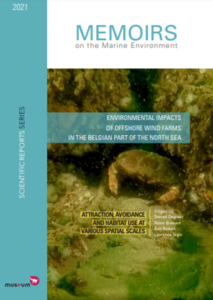 In their latest report, the WinMon.BE partners present an overview of the newest scientific findings of the Belgian offshore wind farm environmental monitoring programme, based on data collected up to and including 2020. They zoom in on patterns of attraction, avoidance and habitat use at various spatial scales (wind farm-, turbine- and microhabitat-scale) and across different ecosystem components (marine mammals, birds, fish and invertebrates that live on the seabed and turbines), and demonstrate the benefits of the increasing knowledge to design appropriate measures to mitigate undesired impacts or promote desired effects.
In their latest report, the WinMon.BE partners present an overview of the newest scientific findings of the Belgian offshore wind farm environmental monitoring programme, based on data collected up to and including 2020. They zoom in on patterns of attraction, avoidance and habitat use at various spatial scales (wind farm-, turbine- and microhabitat-scale) and across different ecosystem components (marine mammals, birds, fish and invertebrates that live on the seabed and turbines), and demonstrate the benefits of the increasing knowledge to design appropriate measures to mitigate undesired impacts or promote desired effects.
Overview of the results
Effects on the seabed and the associated life
The start of the monitoring in the wind farm closest to the coast showed that this area harbours very diverse seafloor-inhabiting biological communities. The response of these valuable communities to long-term turbine presence and fishery exclusion will be carefully followed up in the next years.
In the longer-established wind farms, the colonisation by marine organisms and the effects on the seabed were continuously monitored. Initially, colonisation by invertebrates and fish with a preference for hard substrates in the immediate vicinity of individual wind turbines was particularly noticeable. Ten years after construction, it is now observed that these local effects are expanding towards the soft sediments in between the turbines. Artificial reefs are being formed, with more epibenthic and fish species that are associated with hard substrates now also dwelling on the soft sediments. The species involved include blue mussel (Mytilus edulis), anemones, common starfish (Asterias rubens), green sea-urchin (Psammechinus miliaris), hairy crab (Pilumnus hirtellus) and European seabass (Dicentrarchus labrax). For epibenthic species, this also leads to significantly higher overall densities and biomass inside the farms.

Attraction of fish to the offshore wind farms mainly takes place at the scale of individual turbines. Plaice (Pleuronectes platessa), a commercial flatfish species, is attracted to the sandy patches between the scour protection layer around offshore wind turbines, as they provide optimal food and shelter opportunities. Benthopelagic fish like pouting (Trisopterus luscus) and cod (Gadus morhua), that traditionally linger around the turbines and their foundations, were already previously shown to be attracted to the developing artificial reefs, as these offer excellent feeding opportunities for these species.
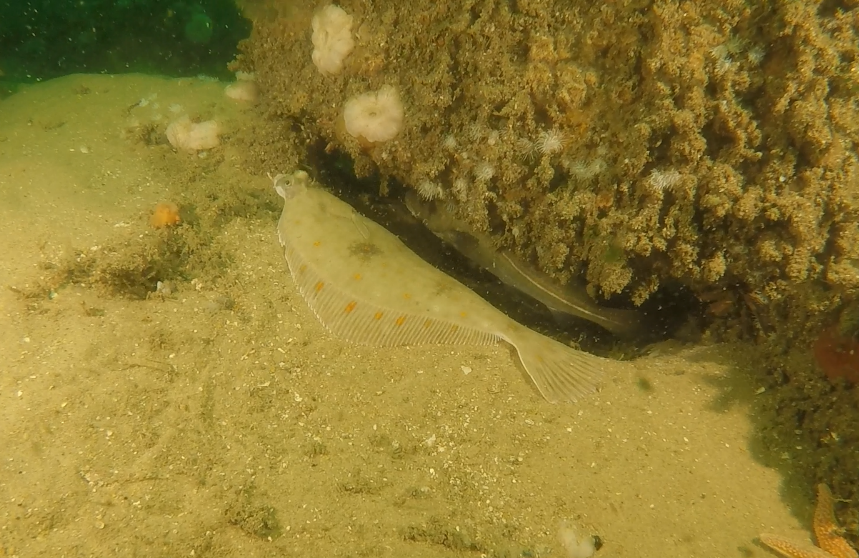
Developments in the water column
In the maturing biofouling community on the turbine foundations, species interactions start playing an important role. Shells of blue mussels provide secondary hard substrate habitat attractive to colonizing organisms, and thus contribute to an increase in species diversity. A comparison of the species composition of the early (mussels not prevalent) and mature (mussels prevalent) colonizing communities showed that 21 out of 47 identified species were uniquely growing on mussel shells. These were all sessile species, mainly molluscs, arthropods, annelids and bryozoans. This effect counteracts the impoverishment of species richness that was found before as result of the abundant presence of the plumose anemone (Metridium senile).
Pile driving activities during the construction of offshore wind farms causes considerable noise pollution. Harbour porpoises (Phocoena phocoena), well established cetaceans in the Belgian part of the North Sea, are known to avoid areas with excessive sound levels. Therefore, the application and effects of potential mitigation measures received much attention. By comparing acoustic monitoring datasets from 2016 (when no mitigation was applied yet) and 2019 (application of Double Big Bubble Curtains) it was determined that underwater noise mitigation measures effectively reduce the spatial and temporal extent of avoidance of the construction area by harbour porpoise.
And above the water surface?
Displacement of seabirds caused by offshore wind farms has proved to be a complex process. Attraction to and avoidance of wind farms by seabirds has multiple causes including visual disturbance induced by the turbines and the presence of offshore rest and foraging opportunities, and may in part also be explained by the absence of fisheries in Belgian wind farms. The ongoing monitoring now starts to provide more insight in the spatial and temporal variation of seabird responses. Spatial variation may result from differences in local habitat quality, wind farm size and configuration as well as its location relative to bird colonies and favoured feeding grounds. Temporal variation may depend on the life cycle of the species. In this context, it now appears that GPS-tagged adult lesser black-backed gulls (Larus fuscus) from nearby breeding colonies are not attracted by the Norther wind farm, while the conspecifics that were shown to be attracted to the more offshore Belwind farm included migrating and immature individuals. In the longer term, some seabirds may also habituate to the presence of offshore wind turbines. This could be the case for northern gannet (Morus bassanus), common guillemot (Uria aalge) and razorbill (Alca torda), that seemed to avoid the wind parks in the past but were all present in good numbers during the most recent monitoring survey.
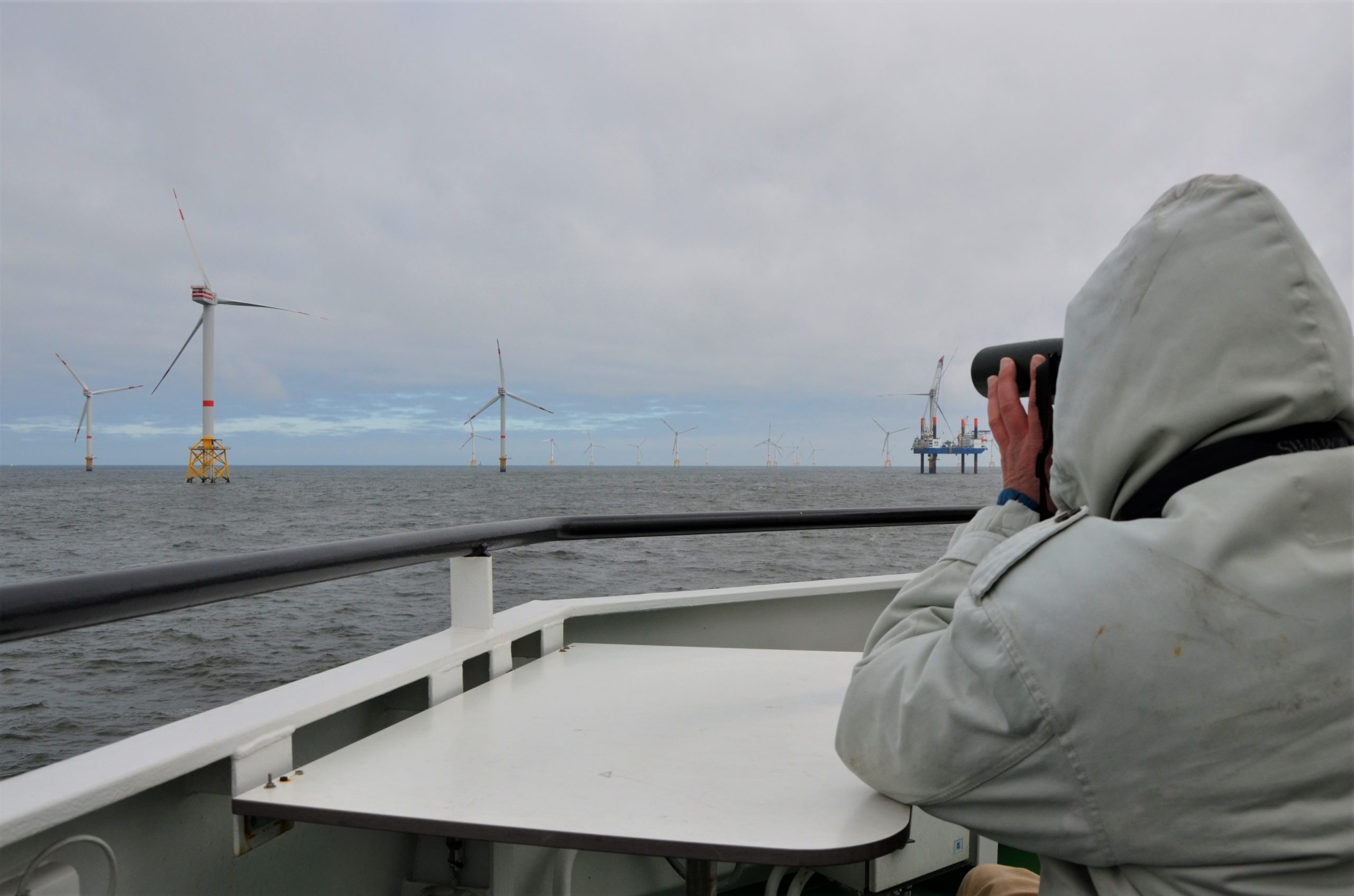
When flying at rotor height, migrating songbirds are also at risk of collision with offshore wind turbines. The intensity of songbird migration is especially high at night, as was confirmed by continuous bird radar surveys in a Belgian offshore wind farm. The collision risk increases when weather conditions deteriorate. An effective measure to reduce bird collisions is to temporarily idle turbines when these events occur at wind turbine rotor height. A modelling study shows that a total of 682 songbird collisions would have been avoided in autumn 2019 if the turbines of all Belgian offshore wind farms had been idled when bird fluxes exceeded 500 birds per km and hour at rotor height. Although we don’t know what species are concerned, it is unlikely that these songbird collisions have a significant effect at the population level. Whether this will still be the case for the cumulative effects of all planned wind farms in the North Sea is unknown at this time.
The Monitoring Programme WinMon.BE is a cooperation between the Royal Belgian Institute of Natural Sciences (RBINS), the Research Institute Nature and Forest (INBO), the Research Institute for Agriculture, Fisheries and Food (ILVO) and the Marine Biology Research Group of Ghent University, and is coordinated by the Marine Ecology and Management team (MARECO) of the Royal Belgian Institute of Natural Sciences.
WinMon.BE is commissioned by the Federal Government as part of the environmental permit conditions for offshore wind farms. For the monitoring, use was made of the research vessel Belgica (ship time on RV Belgica was made available by BELSPO and RBINS – OD Nature), the research vessel Simon Stevin (operated by the Flanders Marine Institute) and the observation aircraft of RBINS.
All scientific reports of the WinMon.BE monitoring are publicly available.

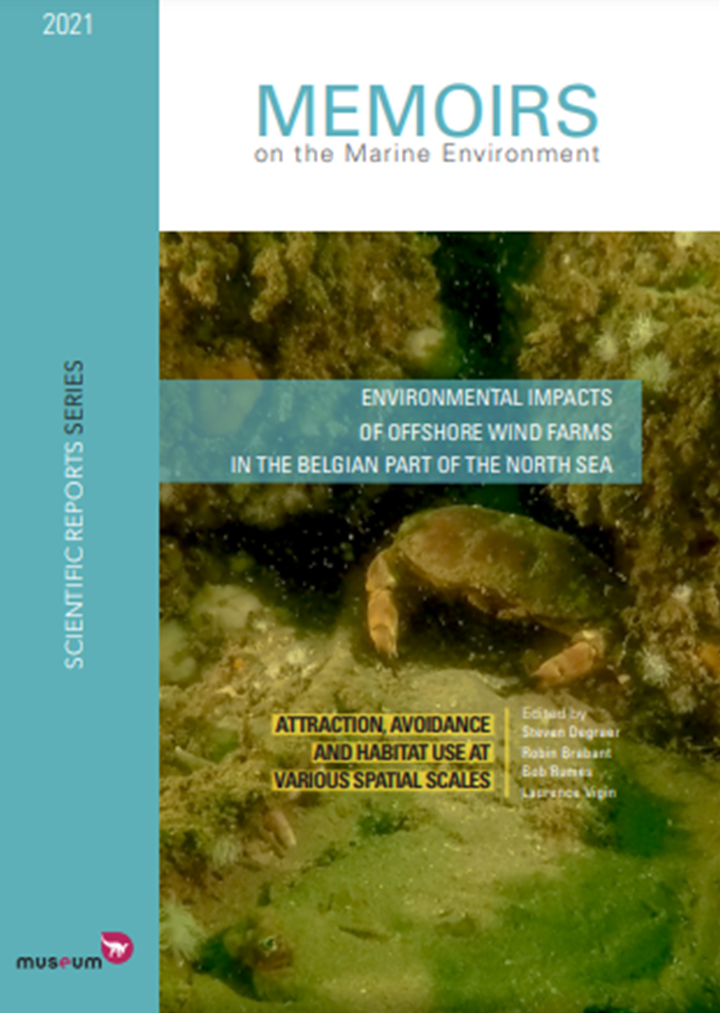
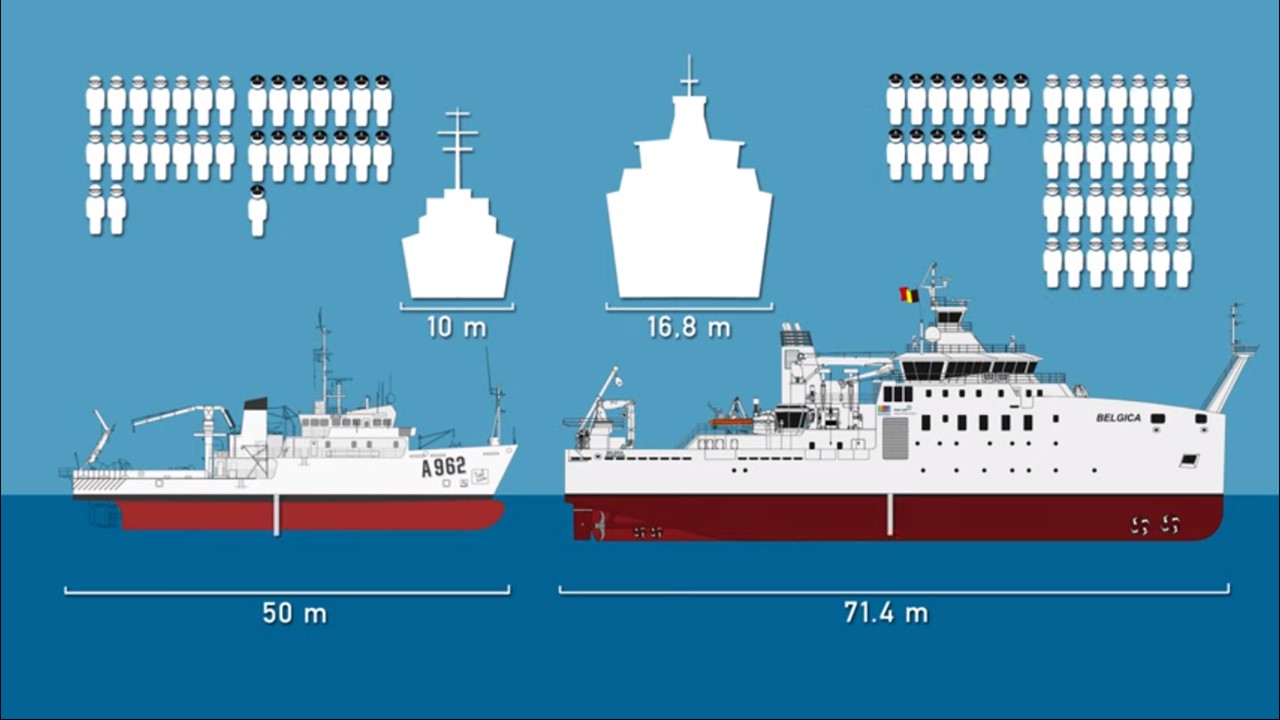
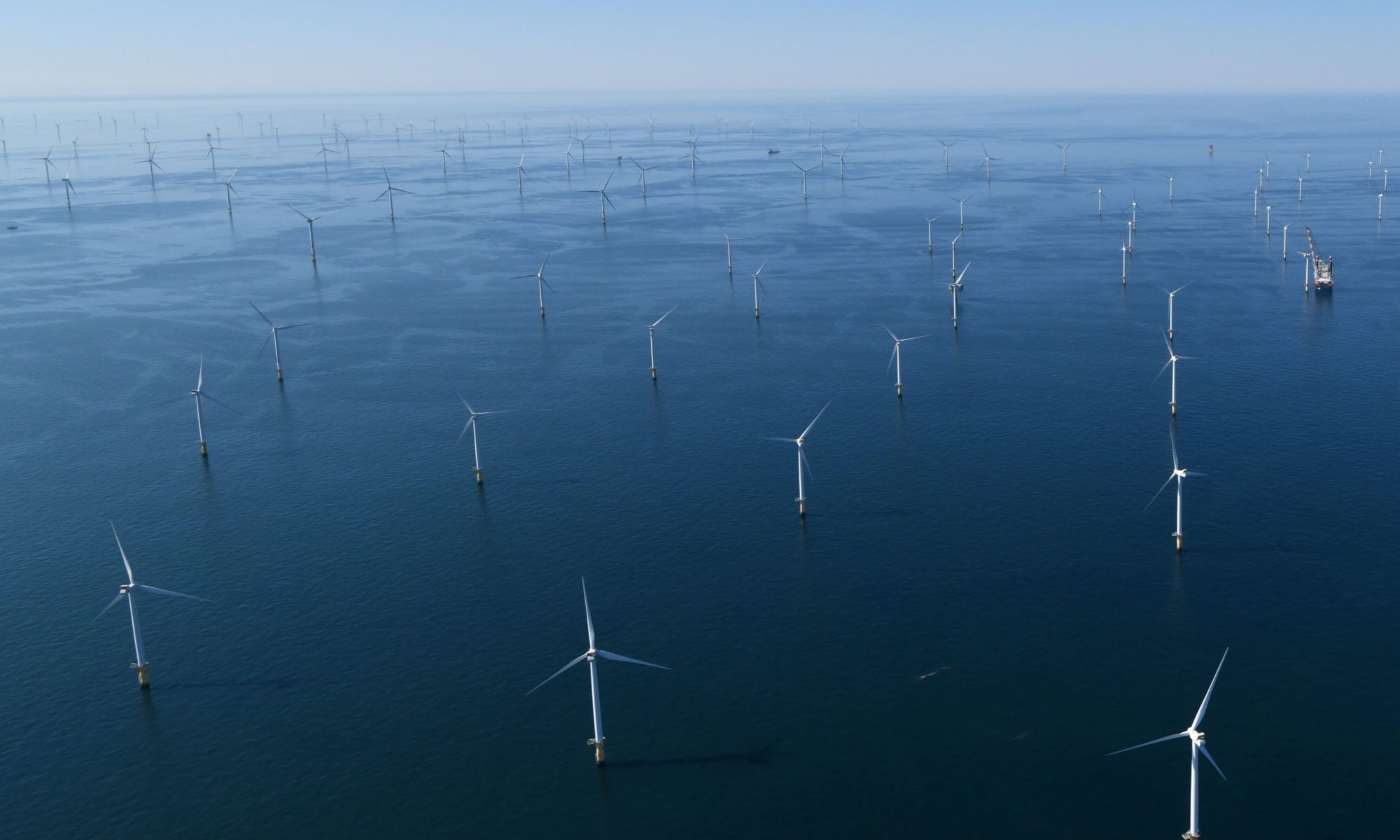
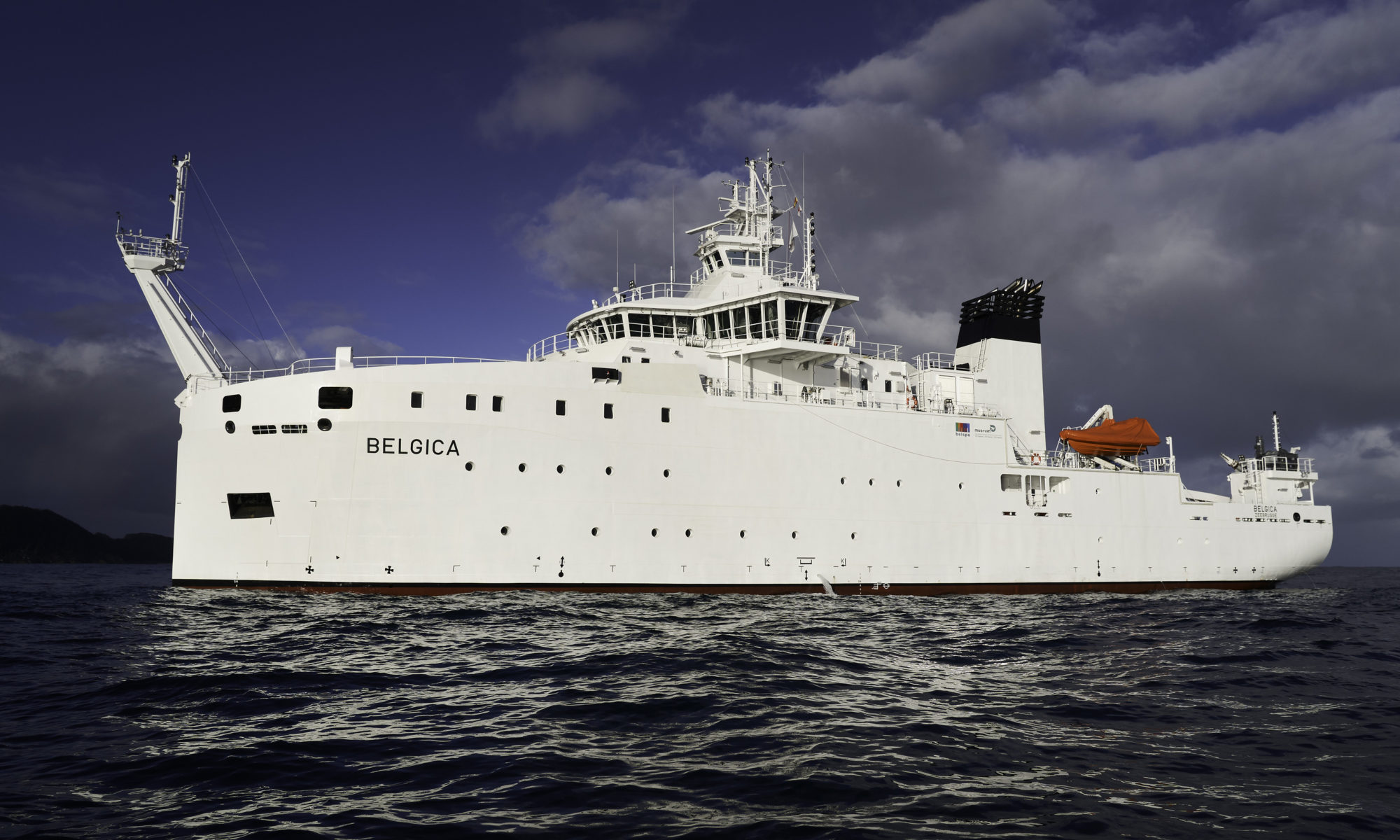

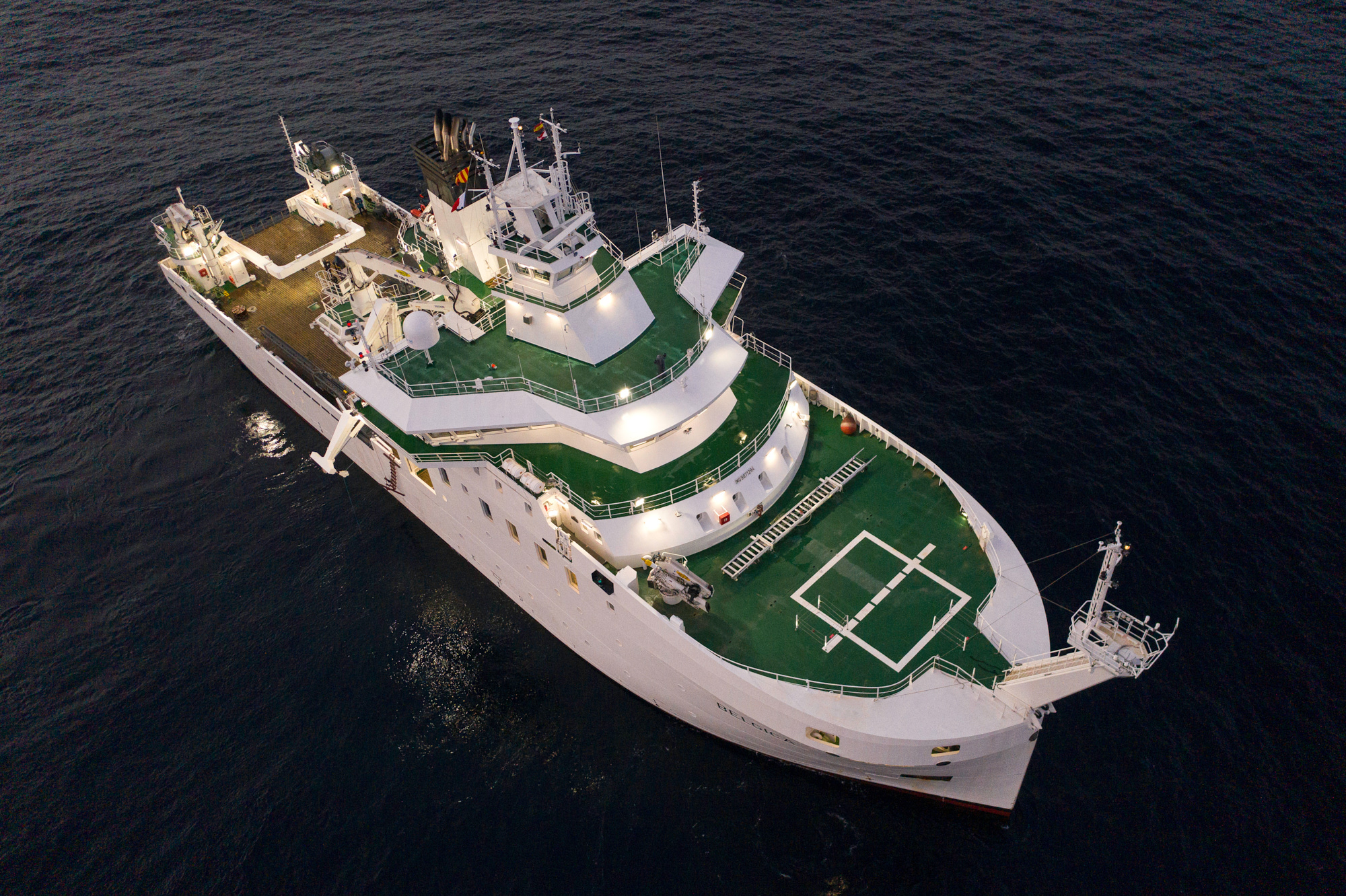

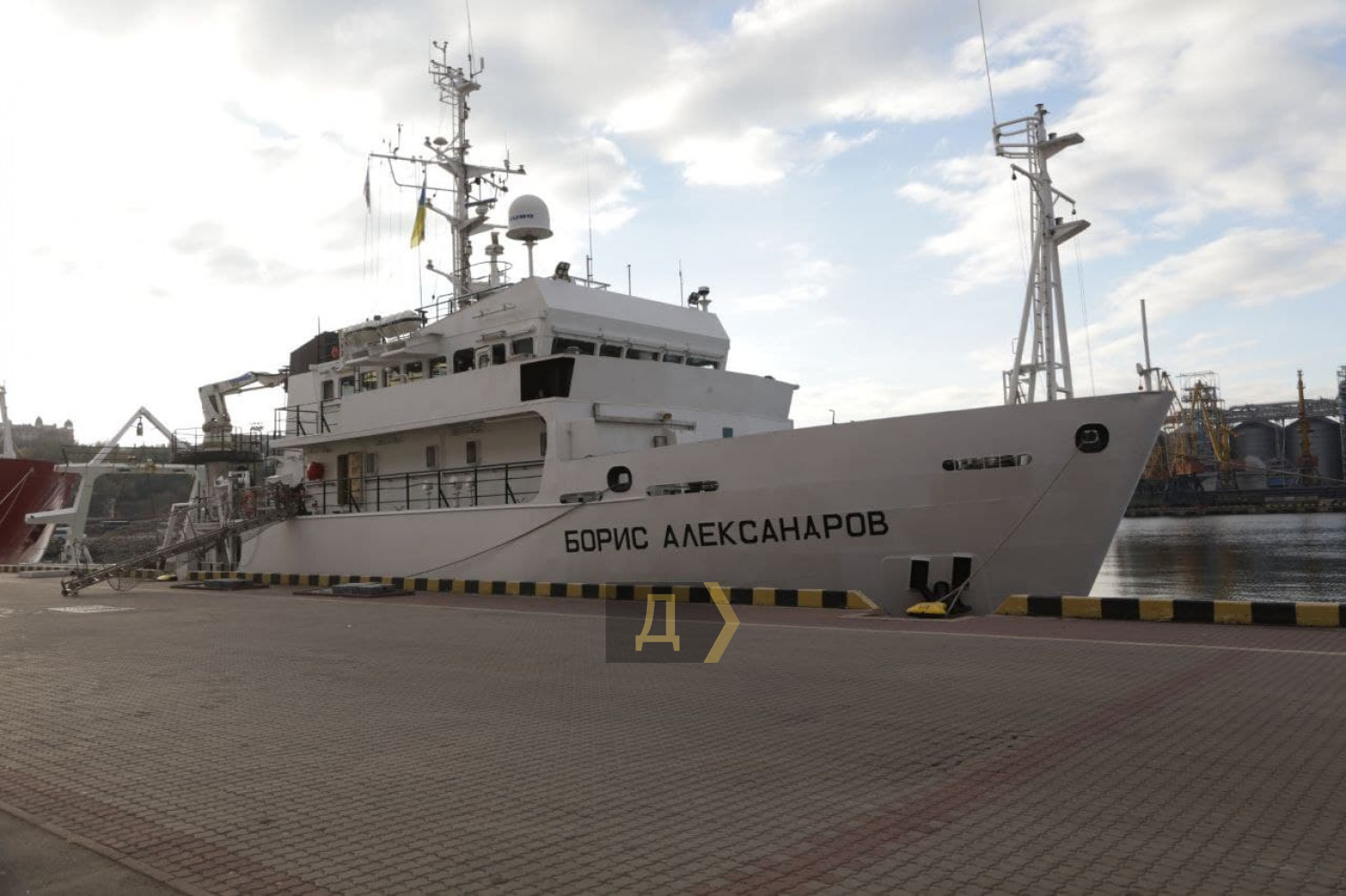
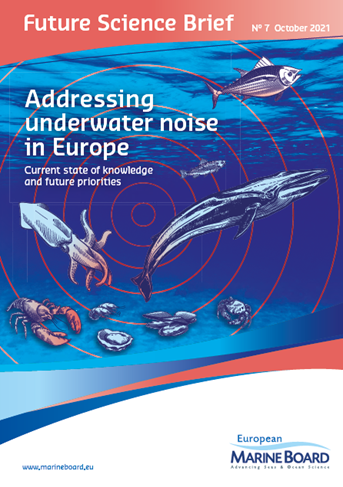
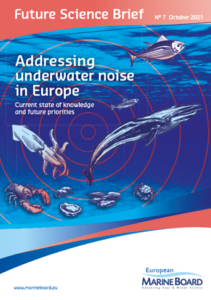
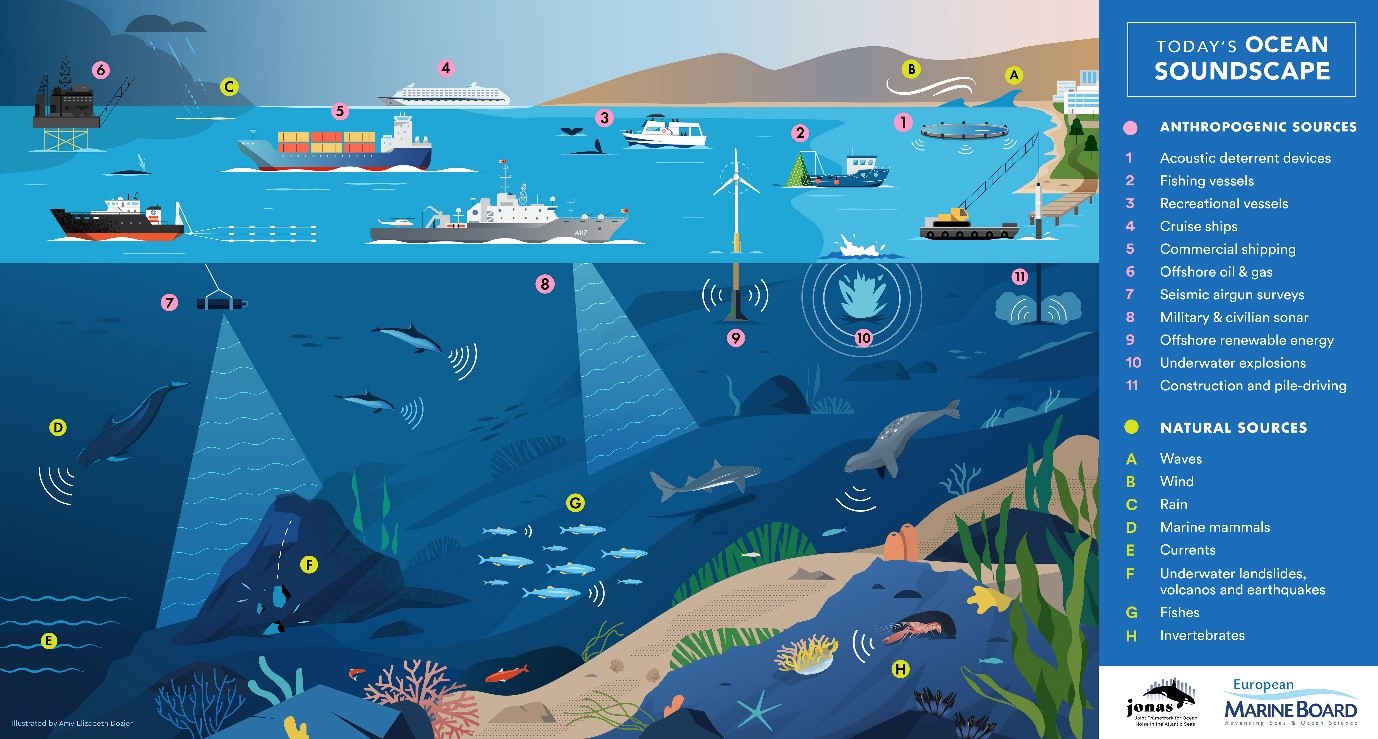

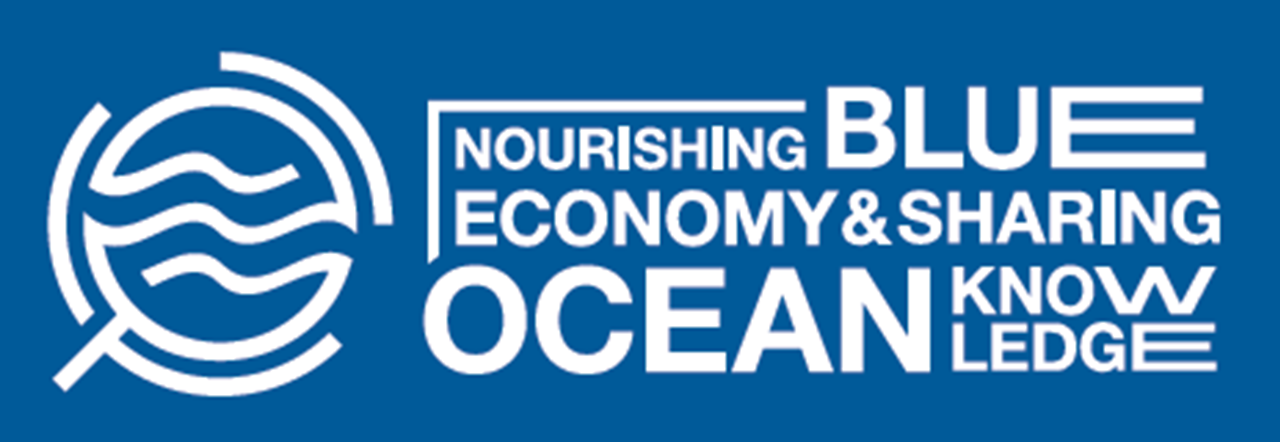
 To provide input to the future establishment of such a framework, ten innovative EU projects to build user-focused, interdisciplinary, responsive and sustained ocean information systems and increase the sustainability of the Blue Economy, joined forces in a strong cluster to better address key global marine challenges. Under the lead of the EuroSea project, the group translated its common concerns to recommendations and listed these in the joint policy brief ‘Nourishing Blue Economy and Sharing Ocean Knowledge. Ocean Information for Sustainable Management.’.
To provide input to the future establishment of such a framework, ten innovative EU projects to build user-focused, interdisciplinary, responsive and sustained ocean information systems and increase the sustainability of the Blue Economy, joined forces in a strong cluster to better address key global marine challenges. Under the lead of the EuroSea project, the group translated its common concerns to recommendations and listed these in the joint policy brief ‘Nourishing Blue Economy and Sharing Ocean Knowledge. Ocean Information for Sustainable Management.’.